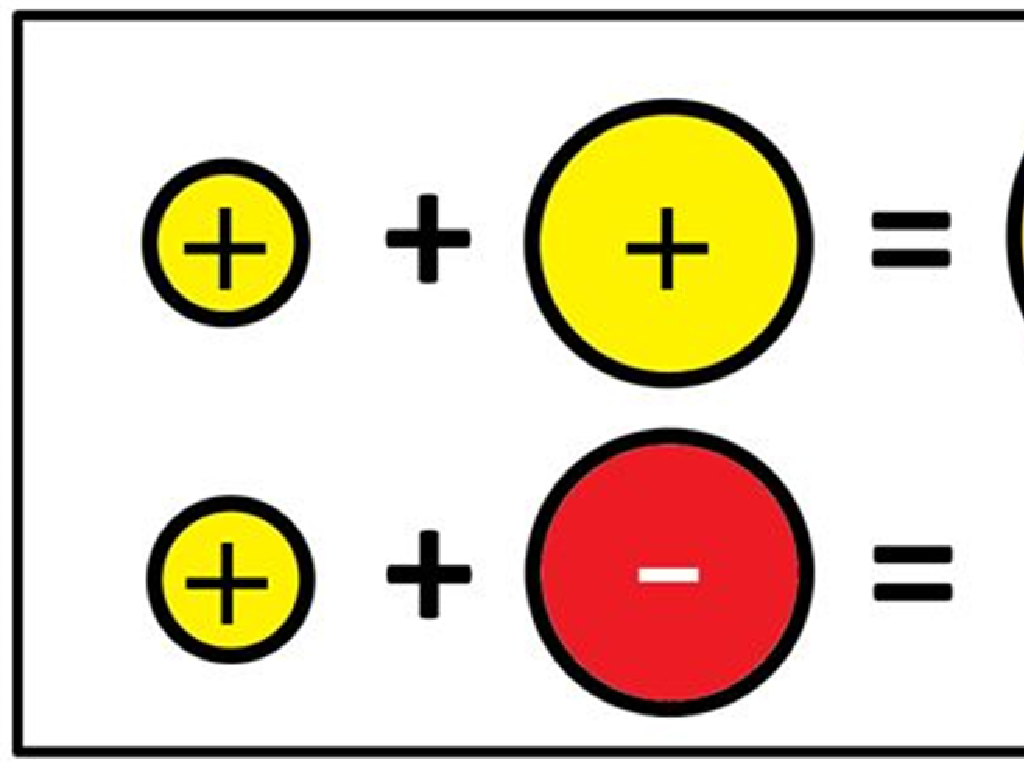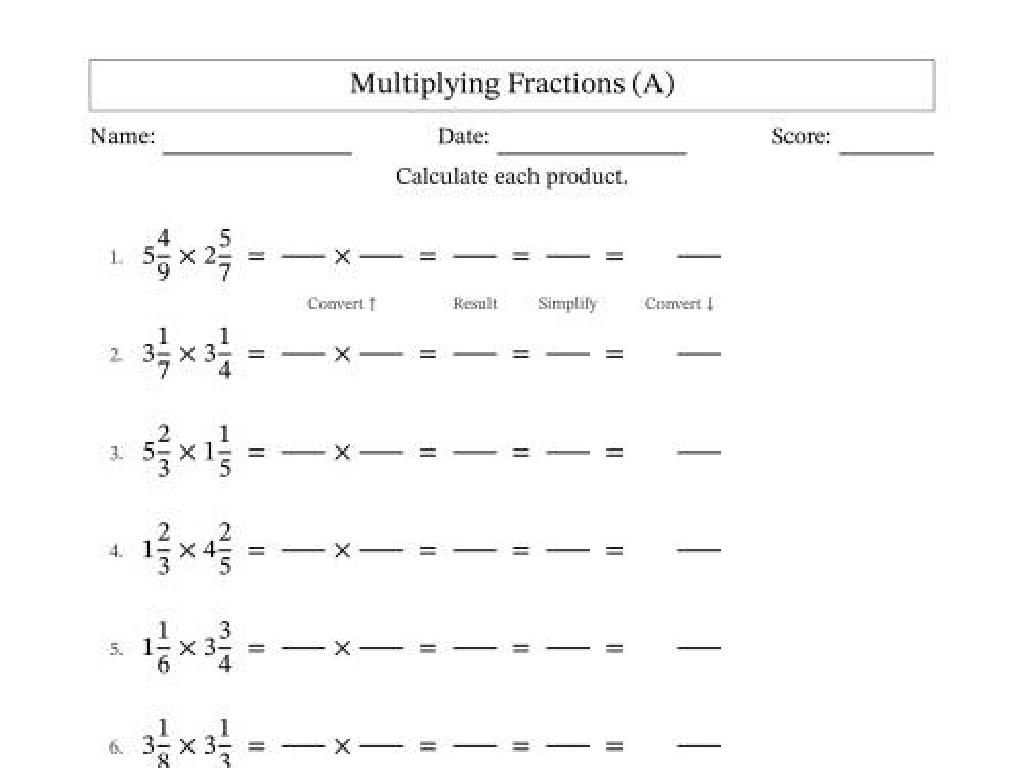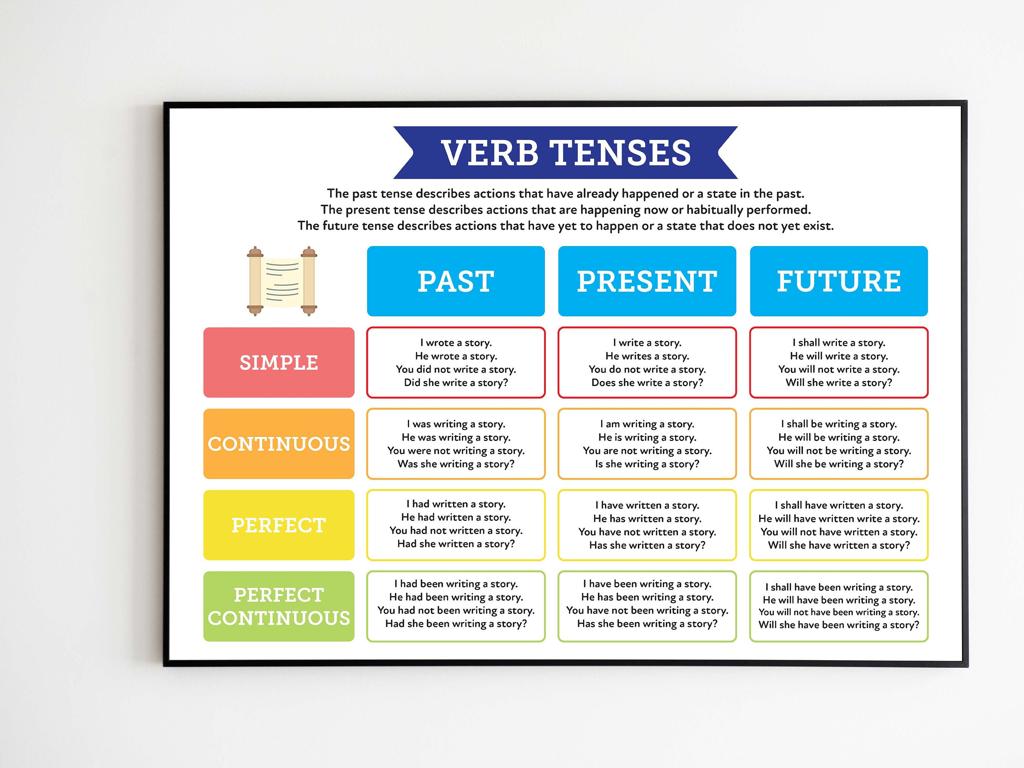Add And Subtract Metric Mixed Units
Subject: Math
Grade: Fifth grade
Topic: Metric Units Of Measurement
Please LOG IN to download the presentation. Access is available to registered users only.
View More Content
Understanding Metric Units
– Learn the metric system basics
– Discover why metrics are important
– It’s used worldwide for consistency in science and trade.
– Explore meters, liters, and grams
– Meters measure length, liters volume, and grams weight.
– Practice adding & subtracting units
– Use real-life examples like combining water volumes.
|
This slide introduces students to the metric system, which is the standard of measurement used globally. Emphasize the importance of the metric system in science and international trade, making it essential for students to understand and use. Highlight the most common metric units: meters for measuring length, liters for volume, and grams for weight. Engage students with hands-on activities where they can practice adding and subtracting different metric units, such as combining different volumes of water or adding weights of various objects. This will help them grasp the concept of mixed units and their practical applications.
Understanding Mixed Units
– Define mixed units
– Units of different sizes used together, like centimeters and meters.
– Examples: km & m, kg & g
– Distance: 3 km 50 m, Weight: 2 kg 500 g.
– Real-life usage of mixed units
– Cooking, building, traveling, and shopping.
– Adding & subtracting mixed units
– Combine like units, convert if necessary.
|
This slide introduces students to the concept of mixed units within the metric system, which is a combination of different-sized units used together to measure something more precisely. For example, when measuring distance, one might use kilometers for long distances and meters for shorter ones. In real life, mixed units are commonly used in various scenarios such as cooking (grams and kilograms), construction (meters and centimeters), or when traveling (kilometers and meters). It’s important to teach students how to add and subtract these units by first combining like units and converting them if necessary to simplify calculations. Practice problems can include real-life scenarios where students may encounter mixed units.
Adding Metric Mixed Units
– Align units before adding
– Stack numbers with same units in columns
– Convert smaller to larger units
– Use conversion factors: 1000g = 1kg
– Add mixed units of same dimension
– Length to length, mass to mass, volume to volume
– Practice with real examples
– Add 1kg 250g to 2kg 500g
|
When adding metric mixed units, it’s crucial for students to align the units correctly, ensuring that like units are added to like units. This often involves converting smaller units to larger ones to simplify the addition process. For example, converting grams to kilograms before adding to other kilograms. Students should practice adding mixed units within the same dimension, such as adding lengths to lengths, masses to masses, and volumes to volumes. Provide real-world examples, such as combining weights of different objects or adding volumes of liquid, to help students understand the practical application of these concepts. Encourage students to work through practice problems and to check their work by verifying that the units align and the conversions are correct.
Subtracting Metric Mixed Units
– Ensure compatible units
– Units must be the same type to subtract, like meters and centimeters.
– Convert larger to smaller units
– Change meters into centimeters before subtracting.
– Subtract mixed units
– Subtract units as you would with whole numbers.
– Practice with examples
|
When teaching students to subtract metric mixed units, start by emphasizing the importance of having compatible units. Explain that they can only subtract like units, such as meters from meters or grams from grams. Demonstrate how to convert larger units to smaller units, using the conversion factors for the metric system (e.g., 1 meter = 100 centimeters). Once the units are compatible, guide students through the process of subtracting mixed units, ensuring they understand how to align the units correctly. Provide practice examples, such as subtracting 2m 30cm from 5m 80cm, and work through them as a class. Encourage students to ask questions and to try converting and subtracting on their own.
Practical Examples: Metric Mixed Units
– Add lengths for garden plot
– Combine different lengths like 1m 30cm + 2m 40cm
– Subtract weights in recipes
– Remove certain weights, e.g., 500g – 200g
– Calculate liquid volumes
– Mix liquids like 1L 250mL + 500mL
– Understanding mixed units
|
This slide aims to provide students with practical applications of adding and subtracting metric mixed units. Start with an example of adding lengths in a garden plot, such as combining measurements of different sections. Then, move on to subtracting weights in a recipe, which could involve adjusting ingredient quantities. For calculating liquid volumes, present a scenario from a science experiment where different volumes of liquids are combined. Emphasize the importance of understanding and converting mixed units to ensure accuracy in real-world situations. Encourage students to practice these skills with hands-on activities and to bring in examples from their experiences.
Let’s Practice Together: Metric Mixed Units
– Pair up for mixed unit problems
– Solve and share your answers
– Discuss challenges faced
– Did you have trouble with conversion?
– Learn from each other’s methods
– Sharing strategies can help everyone
|
This slide introduces a collaborative class activity focused on adding and subtracting metric mixed units. Students will pair up to work on problems involving mixed units, such as combining kilograms and grams, or meters and centimeters. After solving the problems, pairs will share their answers with the class to compare methods and results. Encourage an open discussion about any difficulties encountered during the activity, such as unit conversion or calculation errors. This is an opportunity for students to learn from each other and understand different approaches to solving the same problem. As a teacher, facilitate the discussion by guiding students to use proper conversion techniques and reinforcing the importance of checking their work. Prepare 4-5 different sets of problems so that not all students are working on the same questions, which will enrich the sharing session with a variety of examples.
Class Activity: Metric Scavenger Hunt
– Find metric-labeled items
– Measure objects in metric units
– Add & subtract measurements
– Solve clues with your findings
Use your measurements to unlock the answers to the scavenger hunt clues.
|
This interactive activity is designed to familiarize students with metric units by finding and measuring items around the classroom. Provide students with a list of items to find and measure, ensuring they are labeled with metric units like centimeters, meters, milliliters, or grams. Once they have their measurements, students will use addition and subtraction to solve clues that lead them to the next item. This activity not only reinforces their understanding of metric units but also their ability to perform arithmetic operations with these units. Prepare a set of clues that require different measurement operations, and consider grouping students to encourage teamwork. Have a discussion afterward to reflect on the activity and solidify their learning.
Conclusion & Homework: Mastering Metric Units
– Review adding & subtracting metrics
– Emphasize accuracy in measurements
– Correct measurements are crucial in real-life applications.
– Homework: Practice worksheet
– Complete the worksheet on metric mixed units.
– Prepare for next class discussion
– Be ready to discuss your answers and methods.
|
As we wrap up today’s lesson on adding and subtracting metric mixed units, it’s important to emphasize the role of accuracy in measurement, especially in practical situations like cooking or science experiments. For homework, students are assigned a worksheet that provides additional practice to reinforce their understanding. This worksheet will cover various problems requiring the addition and subtraction of different metric units. Encourage students to double-check their work for accuracy. In the next class, we will discuss the homework answers, and students should be prepared to explain the methods they used to arrive at their solutions. This will help solidify their understanding and give them confidence in using metric units in real-world scenarios.





